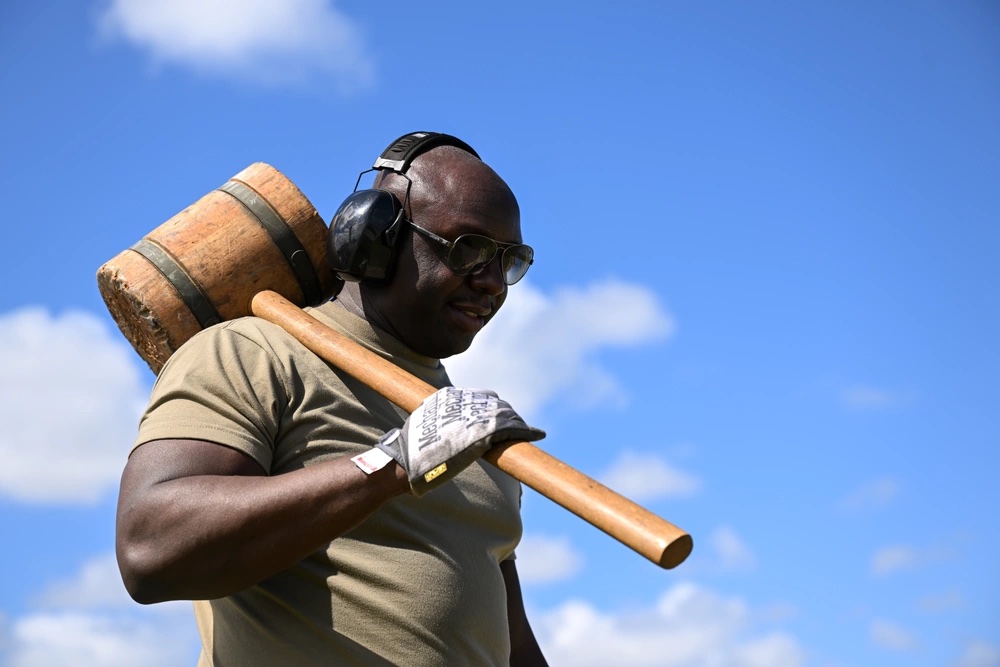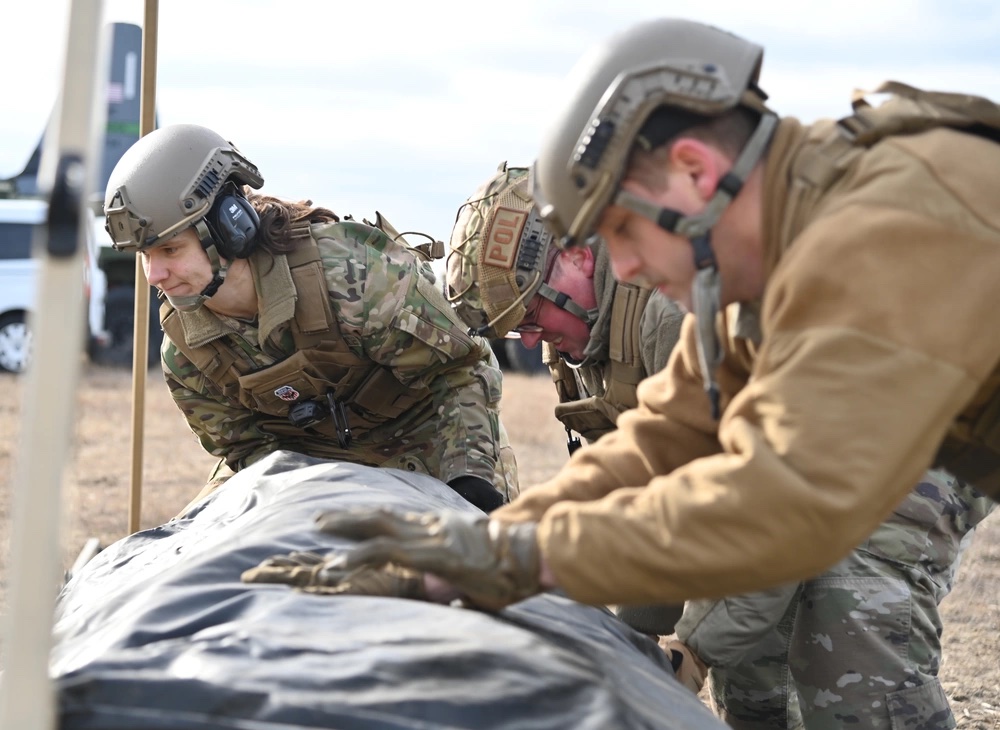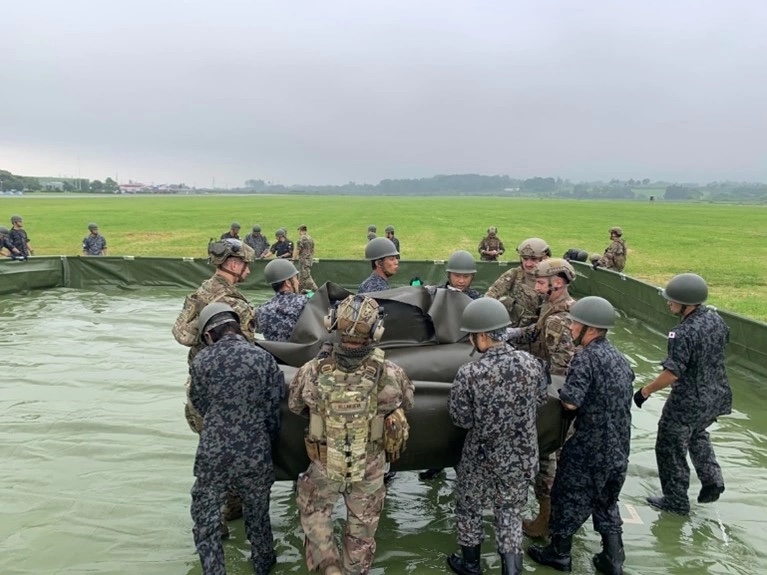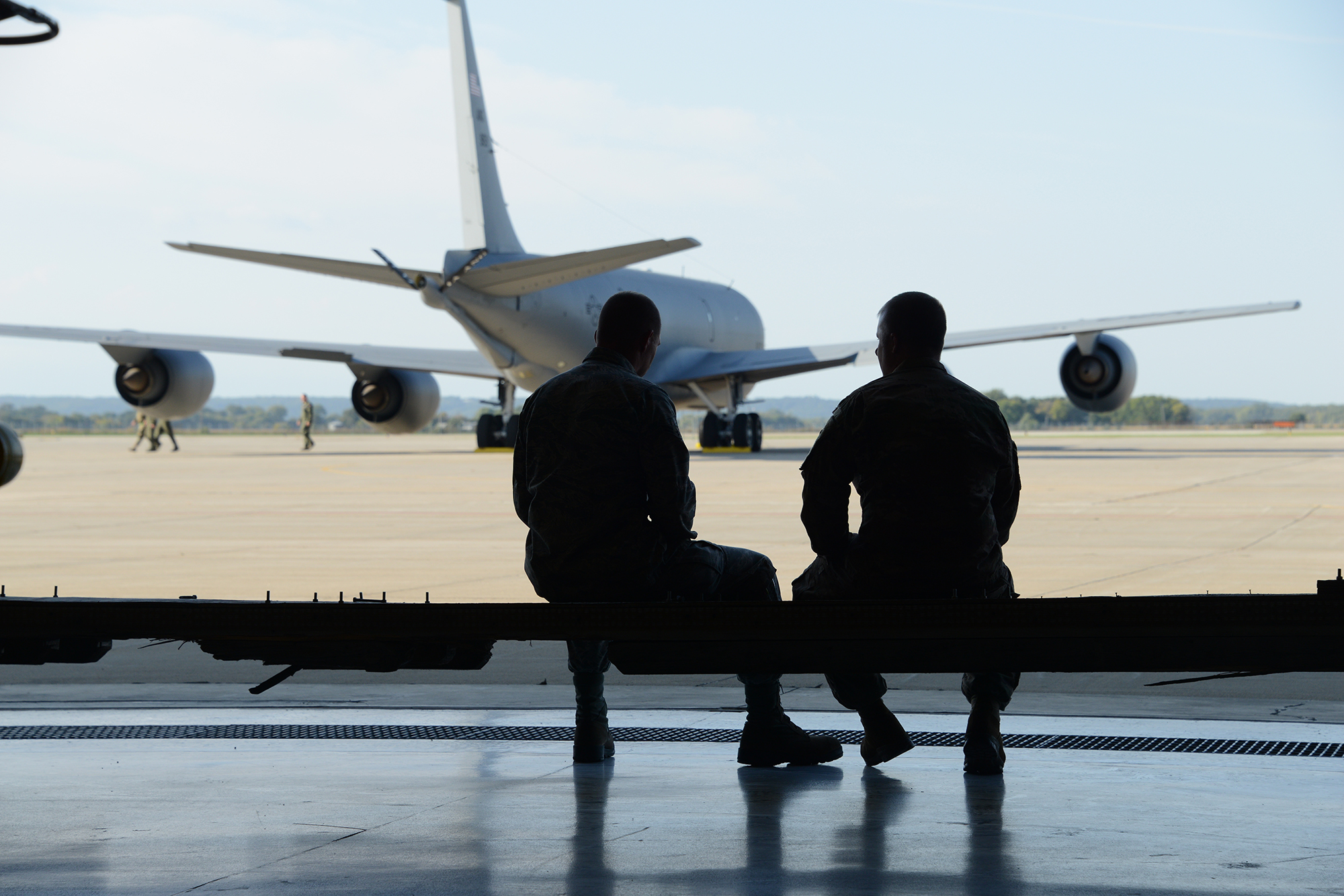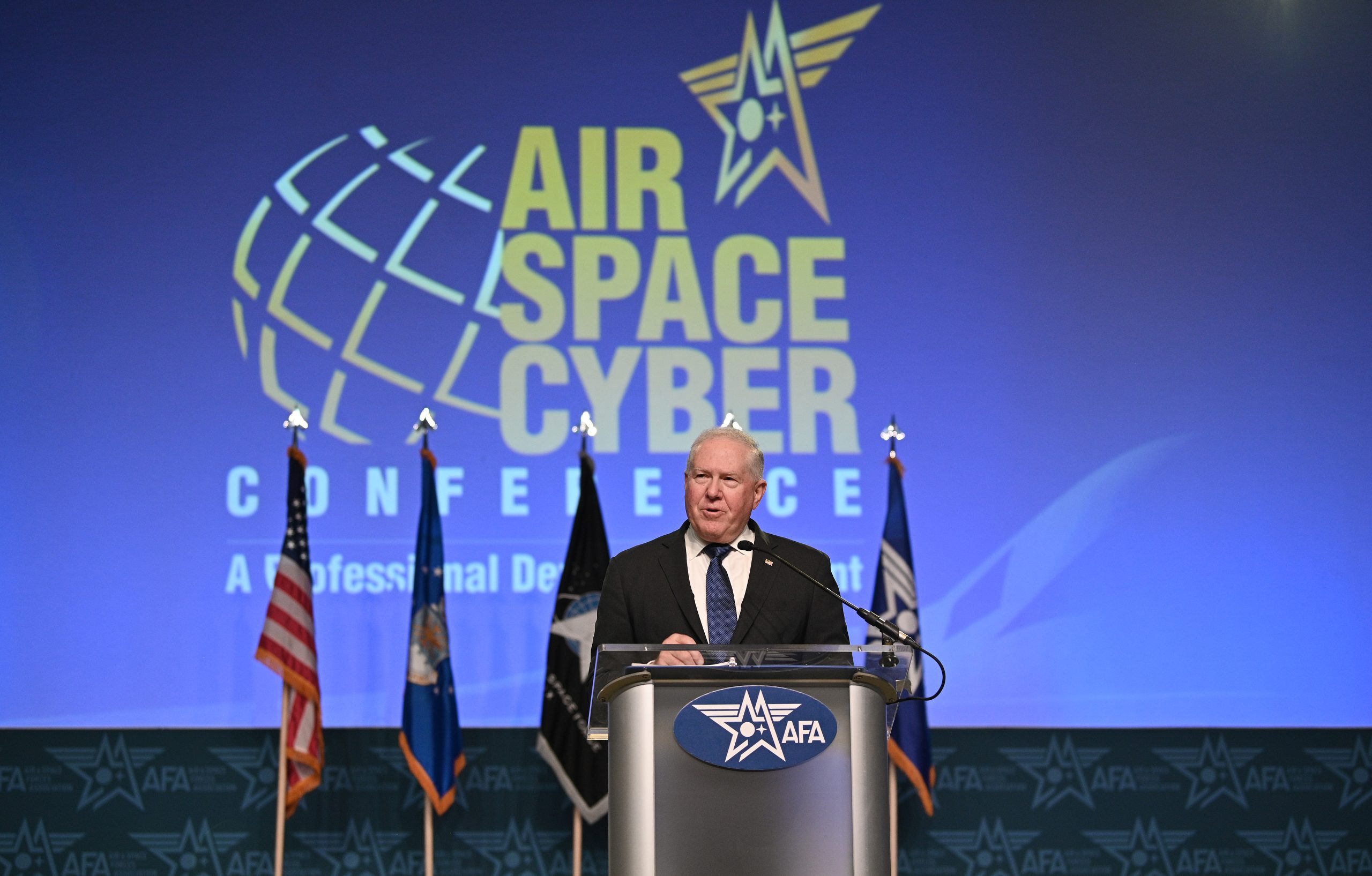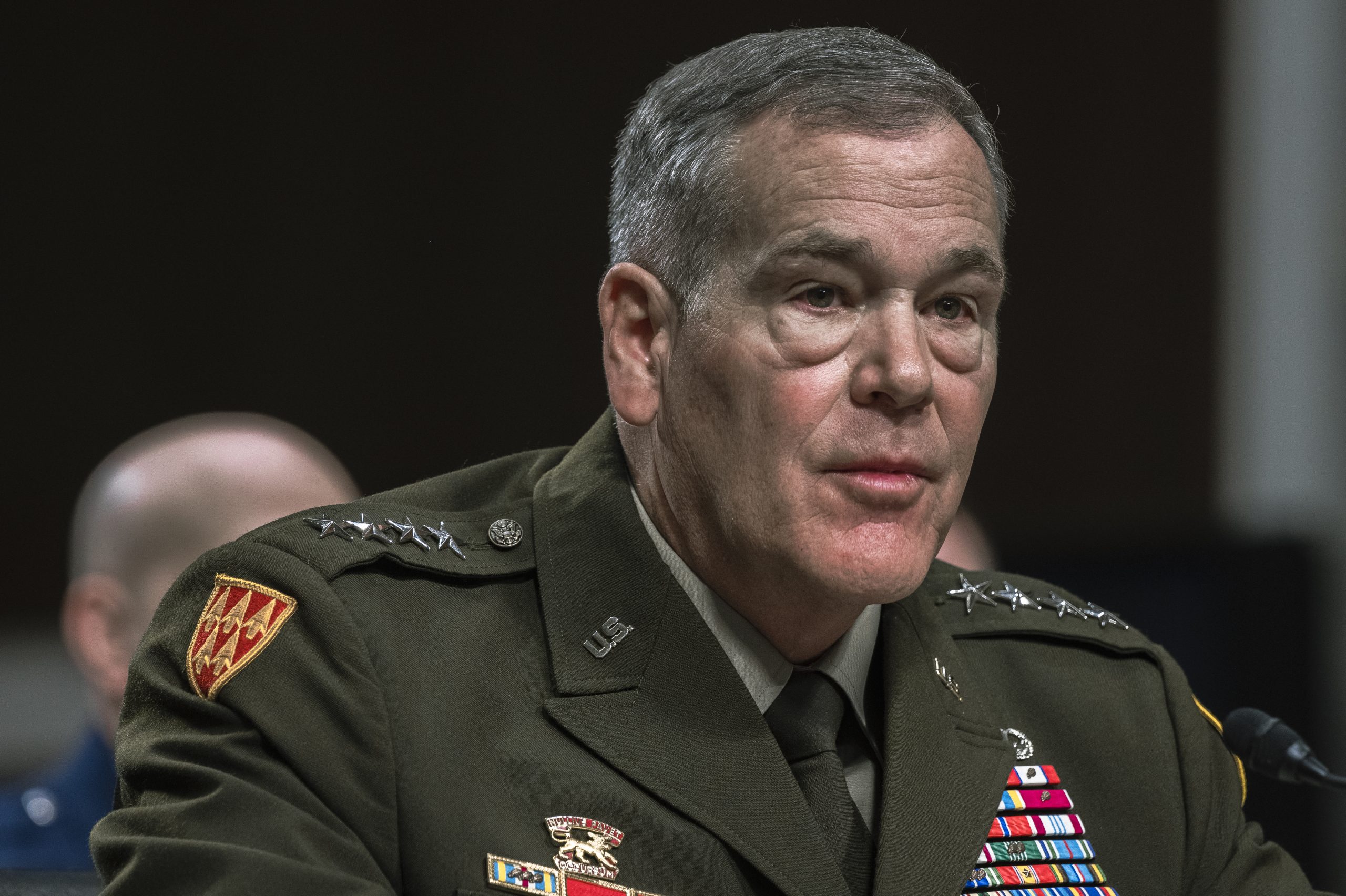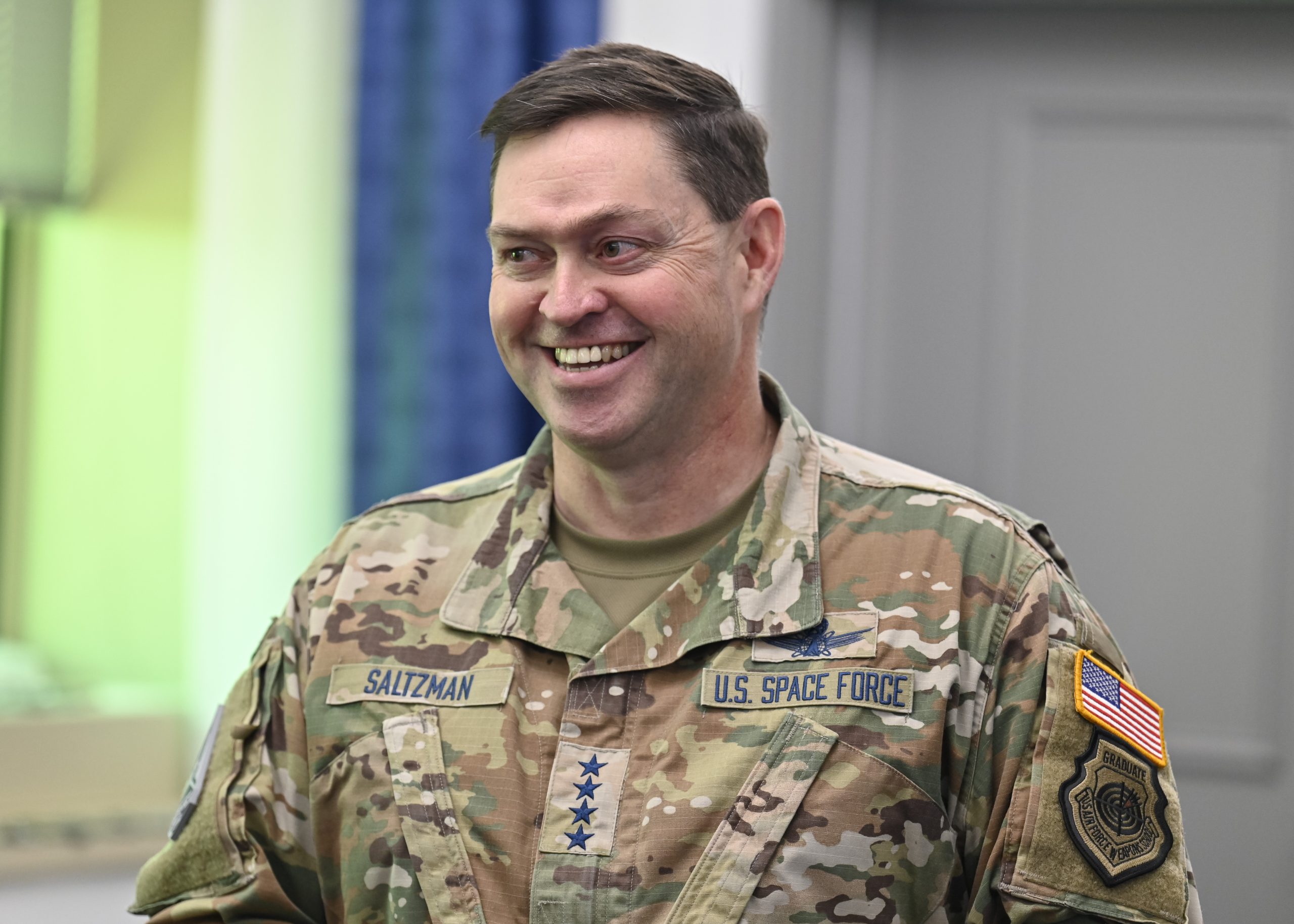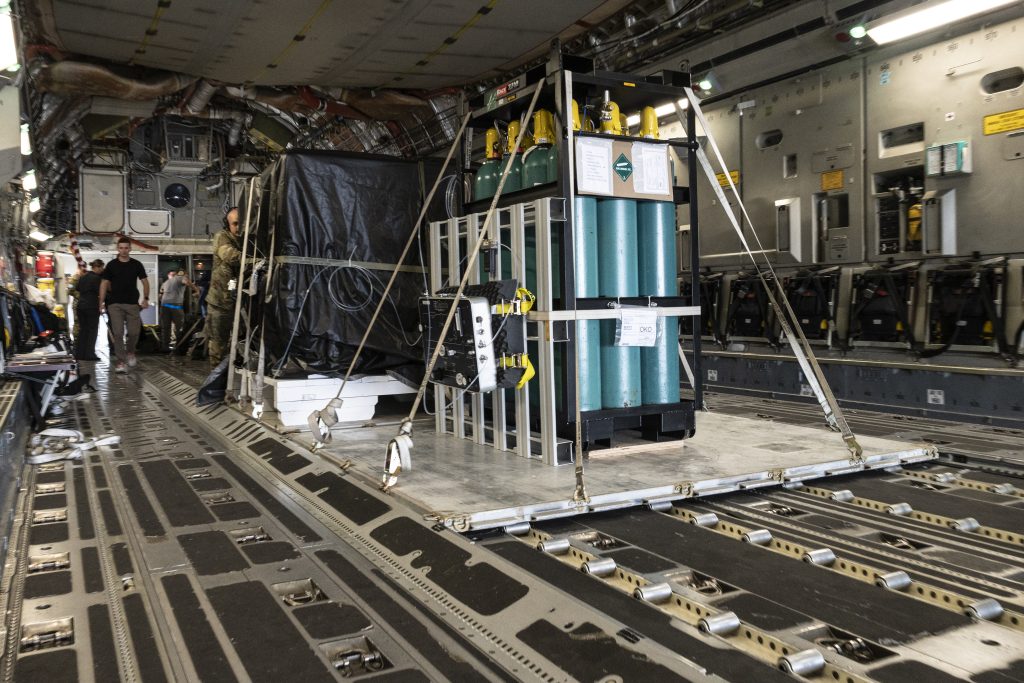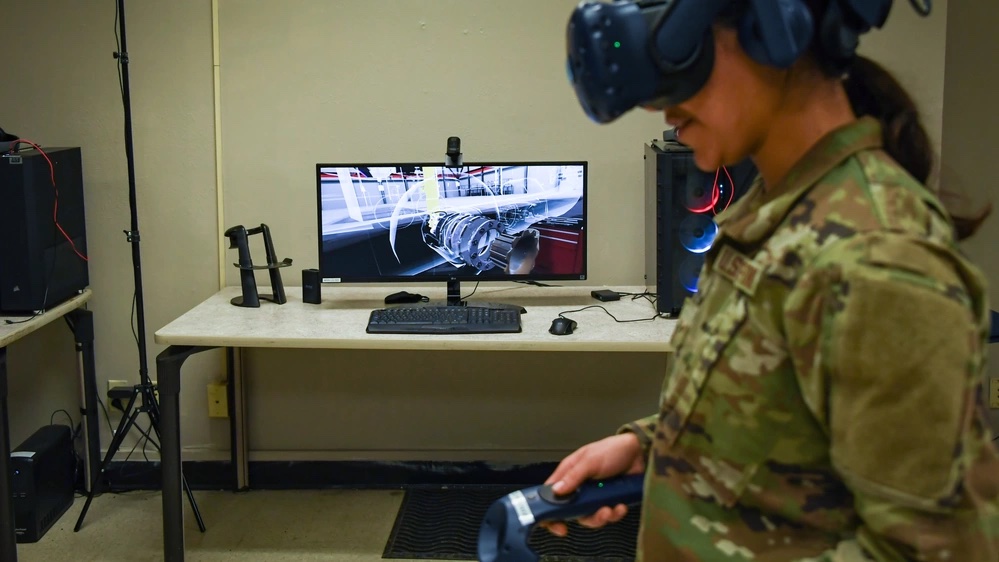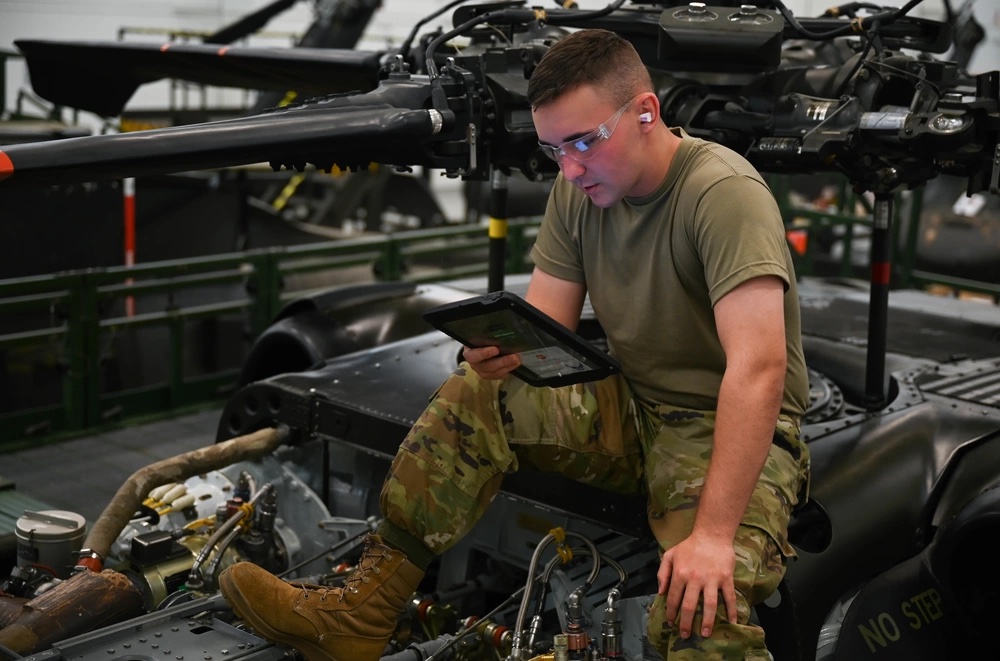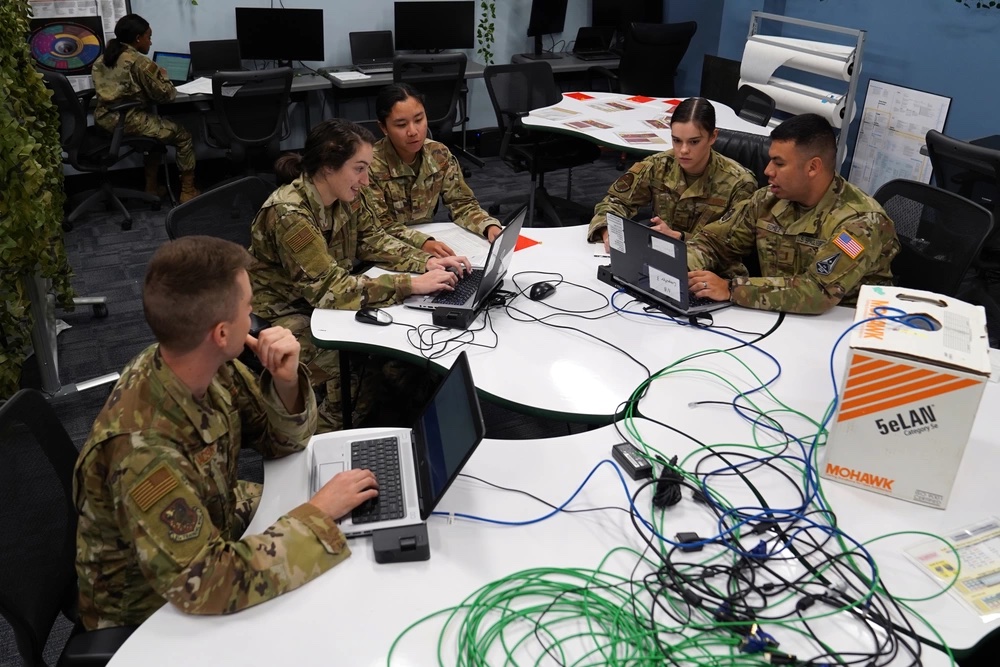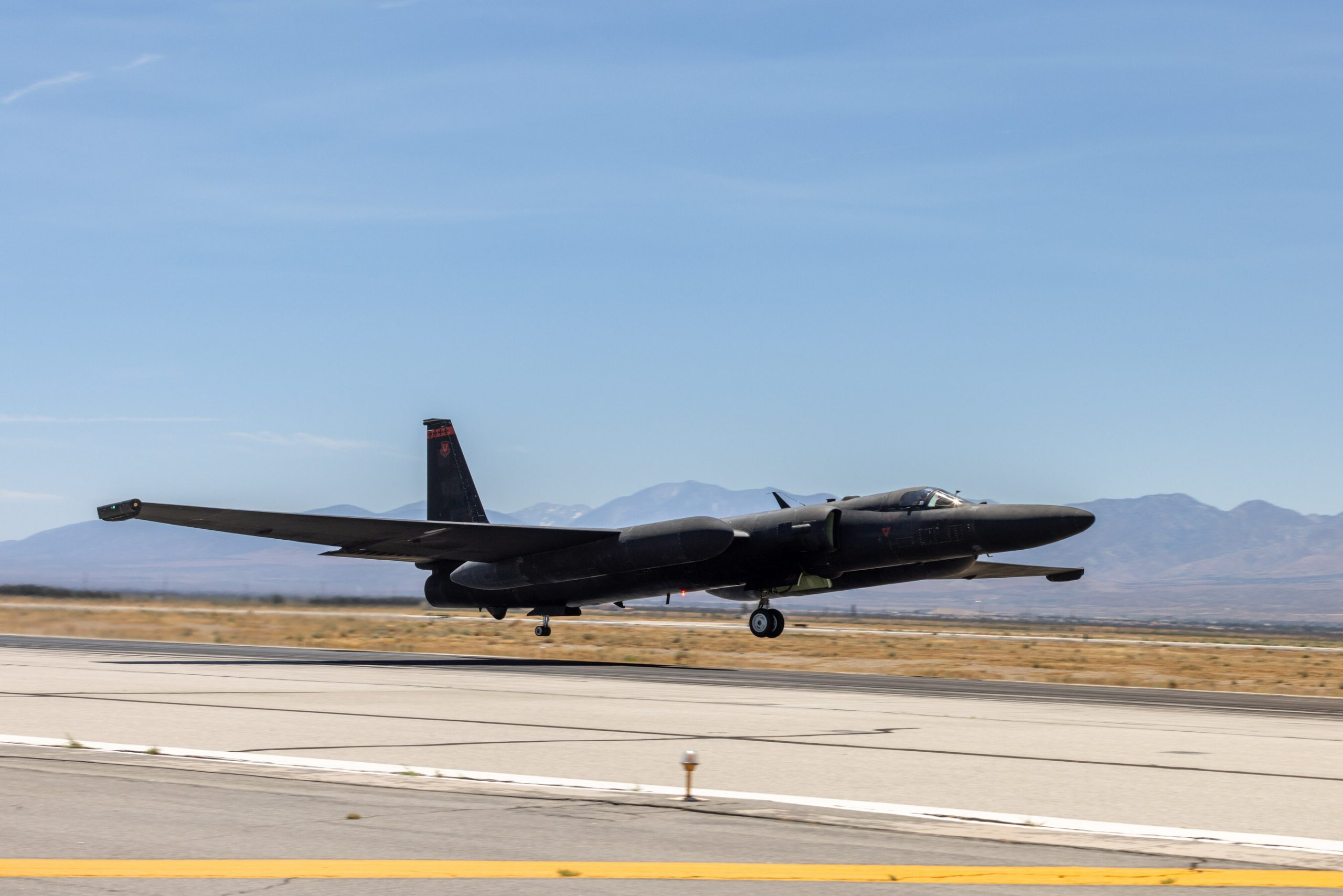Ukrainian pilots have arrived in the U.S. to train to fly F-16s. In the past few days, several pilots arrived at Lackland Air Force Base, Texas, to begin English language training, a U.S. official told Air & Space Forces Magazine.
Deputy Pentagon Press Secretary Sabrina Singh confirmed the move during a media briefing on Sept. 28.
“Training has started for several pilots,” Singh said. “The English language training will vary depending on proficiency and skill.”
The U.S. official said several pilots have arrived in the past week at Lackland and maintainers would be arriving in the U.S. soon.
Gen. James B. Hecker, commander of U.S. Air Forces in Europe, said in an interview earlier this month that “we think it’s going to be somewhere up to about 10 pilots … and then more maintainers.”
Pentagon Press Secretary Air Force Brig. Gen. Patrick S. Ryder has said “dozens” of maintainers will be coming to the U.S. for training.
Singh said she could not provide further details on when pilots would begin transitioning to pilot training with the 162nd Wing at Morris Air National Guard Base, Ariz. The timeline may be affected by the impending government shutdown.
“Civilian personnel that are involved in the training of Ukrainian pilots, such as English language training is what we’re talking about right now, absolutely there could be impacts to training,” she said. “We’re still reviewing some of these details.”
When the decision was first announced to train some Ukrainian personnel on F-16 in the U.S., the Pentagon said English language training would begin in September and pilot training would start in October. But that was before a government shutdown looked likely.
“A shutdown is literally the worst-case scenario for this department,” Singh said. “We really don’t want to have to go through making painful decisions like this.”
Singh and other Biden administration officials have warned of a government shutdown, which appears highly likely as the House struggles to move forward with any bill to fund the government. The Senate has passed a short-term bill to keep the government open until mid-November, allowing the military to operate normally and to pay troops.
But the government is barreling towards a lapse in funding when the clock strikes midnight on Sept. 30. There appears to be little chance of Democrats and Republicans reconciling their differences and putting a bill on President Joe Biden’s desk before the end of the fiscal year at the end of the month. Government civilian employees are preparing for guidance on whether they will be furloughed. Military officials are preparing to pare down some activities and have their troops go without pay.
Certain military activities are “excepted” and Active-Duty Airmen will still report to work. However, most DOD civilian personnel will not report to work. Training of Ukrainian pilots will at least be subject to some of the far-reaching disruption expected across the Department of Defense, Singh said, as bases will not operate with all of their usual staff.
Additionally, training for the Ukrainian pilots is scheduled to occur with the Air National Guard, which is treated more like the civilian workforce during a shutdown than Active-Duty units, according to DOD guidance. The 162nd Wing is the nation’s primary F-16 schoolhouse for foreign F-16 pilots. Singh said it was too early to say what the impacts to that unit might be if the shutdown continued well into October or beyond when Ukrainian pilots were initially scheduled to arrive in Arizona.
“It’s definitely going have an impact to training whatever that might be,” Singh said. “Whether it’s actual personnel in the room or if this continues to go longer … training could be delayed for other aspects of pilot training.”

